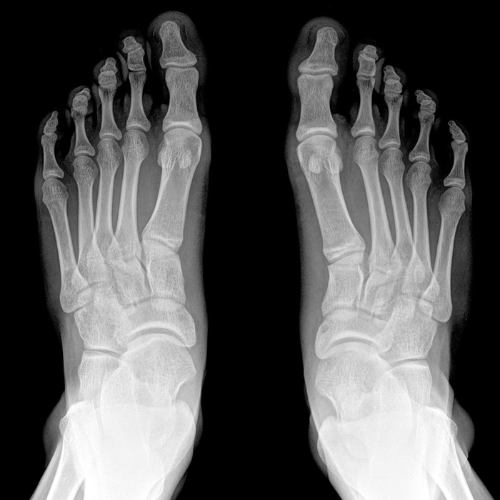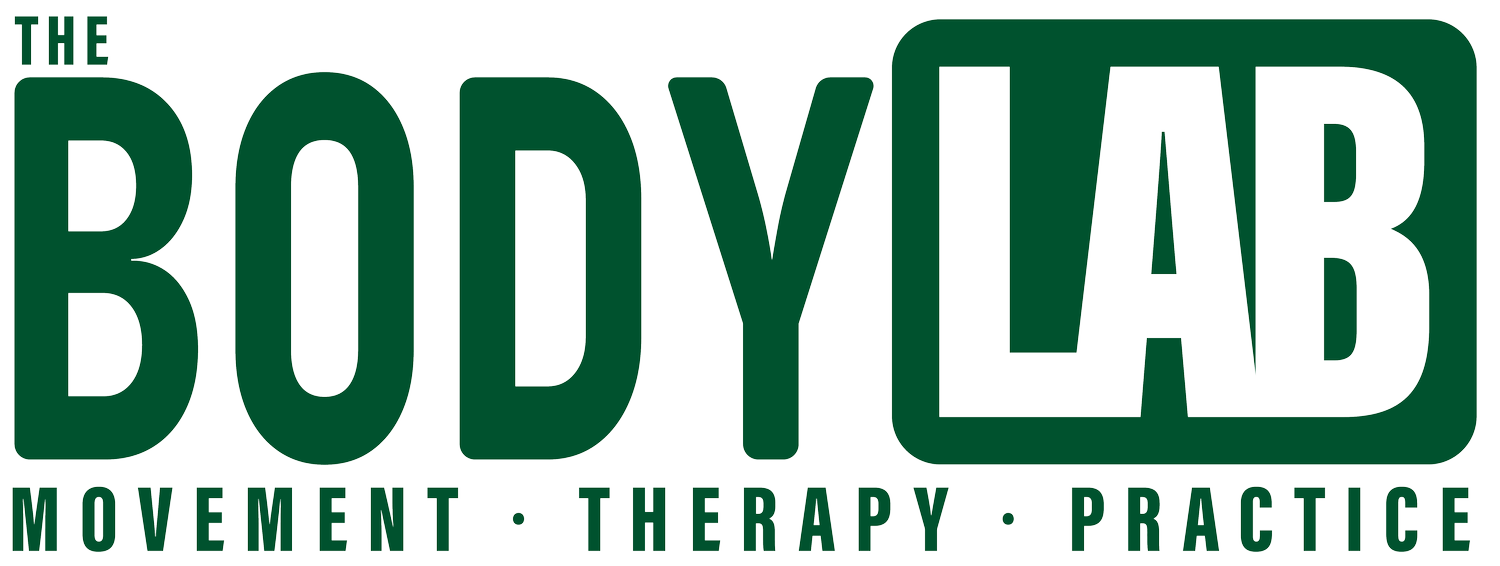
Have a bunion and unsure how to treat it?
Do you have Bunions?
Bunions are a prevalent condition frequently encountered in my clinic at The Body Lab. Research indicates that approximately 25-36% of the population may develop bunions, with women and the elderly being the most frequently affected groups. Despite their common occurrence, bunions are multifaceted in nature, requiring the convergence of various factors for their development.
Bunions can be seen as the ultimate consequence of mobility issues affecting the foot, lower limb, or spine. To put it simply, these painful deformities are not just random occurrences; they have an underlying cause rooted in the way we move and support our bodies.
Bunions, a common issue with feet, start off innocently but can quickly become a troublesome condition. While some people may not be affected, others will have various symptoms based on how severe their bunion is. These unattractive bumps can cause problems for finding comfortable and supportive shoes that fit well. It's important to understand that having bunions can cause distress for patients and potentially affect their mental well-being. It's important for healthcare workers and society to recognise that bunions have many different effects. We should provide support, treatment choices, and understanding to those with bunions.
If you want to learn more about why bunions happen, the symptoms they cause, and how we can help, keep reading.
WHAT IS A BUNION?
To put it simply, a bunion refers to a bony deformity that occurs at the joint located at the base of the big toe. This deformation manifests as an outward deviation of the big toe, pointing towards the smaller toes on the same foot. In medical terms, this condition is known as hallux valgus, derived from the Latin words "hallux" meaning big toe and "valgus" indicating turning away from the midline of the body.
The joint connecting the big toe to the foot is instrumental in supporting our body weight during movement.
Hence, when bunions develop and progress, they can become a significant source of discomfort and pain. This can be particularly true when engaging in activities that put pressure on the affected foot.
SYMPTOMS OF BUNIONS
Besides the way it looks, a bunion can cause these symptoms:
Pain, swelling, numbness, burning, or tingling at the spot of the bunion
Worse symptoms when wearing shoes
Hard, thick, red, or painful skin on top of the bunion
The big toe can't move easily and it hurts to try
Hammertoes
Corns
Thick skin on the ball of the foot
Trouble walking steadily
Hard to find and wear shoes
difficultly walking due to limited motion in big toe joint
CLASSIFICATION OF BUNIONS
Bunions differ in severity due to the limitations around the big toe knuckle and as a result I scale to classify and describe the severity of bunions:
Assess your bunions with the classification tool above.
First, stand without any shoes or socks and look at your left big toe. Pay attention only to your big toe, ignoring the other toes and their spacing. From the pictures provided, choose the one that most accurately represents the angle of your left big toe. Repeat the same process for your right big toe.
WHAT CAUSES BUNIONS?
Reduced foot mobility causes strain on certain joints, making them work harder. In the case of bunions, the big toe joint is visibly distorted to aid mobility.
Bunions: The Culmination of Mobility Issues in the Foot, Lower Limb, or Spine
Bunions can be seen as the ultimate consequence of mobility issues affecting the foot, lower limb, or spine. To put it simply, these painful deformities are not just random occurrences; they have an underlying cause rooted in the way we move and support our bodies.
It is essential to recognise that bunions are not isolated to the foot. They are intricately linked to the overall mechanics and alignment of the lower limb and even the spine. Every step we take, every move we make, requires a harmonious coordination of multiple joints, muscles, and tendons. Disruptions in this delicate balance can contribute to the development of bunions.
At the heart of this issue lies impaired mobility. When mobility is compromised, whether due to poor foot mechanics, abnormal gait patterns, or imbalances in the lower limb or spine, excessive stress is placed on certain areas, including the big toe joint. Over time, this relentless pressure can lead to the formation of a bunion.
Preventing and treating bunions should not solely focus on addressing the obvious bump on the side of the foot. Rather, it necessitates a comprehensive approach that considers the body as a unified entity. By addressing mobility issues throughout the foot, lower limb, and spine, we can effectively alleviate the underlying causes that contribute to bunions.
This multifaceted approach may involve tailored exercises to strengthen weak muscles, improve joint mobility, and correct imbalances. Understanding that bunions are the manifestation of mobility issues is crucial. By recognizing the intricate connections within the body and adopting a holistic approach to treatment, you can tackle the root causes of bunions and help regain pain-free mobility.
Prioritise not just the symptom, but the entire system.
TREATMENT FOR BUNIONS
The way bunions are treated depends on how bad they are and what problems they cause.
Reduce pressure on your joint and slow down the worsening of your bunion by trying these treatments:
Exercises Therapy: To fix and correct your bunions, the best way is to improve the movement in your whole foot depending on the severity and classification of your bunion
Bunion splint: in the early stages of bunion, splints can be used. These are worn at night over a period of time but again mobility of the entire foot is required first
Silicone toe spacers: DO NOT WORK - this is not an option as the problem is not your toe but arch (metatarsals bones) of your foot
Bunion guard: a comfortable sleeve can be worn over your bunion to protect it in footwear and reduce irritation but again mobility of the entire foot is required first
Taping: taping the foot and toe can help redistribute pressure in the foot and around the big toe joint but again mobility of the entire foot is required first.
Cortisone injection: Cortisone shots can relieve joint pain by reducing inflammation, but they won't fix your bunion.
Orthotics: Orthotic devices will not improve foot movement and may ease pressure and alleviate symptoms on the joint near the big toe, but won't treat your bunion.
Surgical referral - is sometimes needed but again the root cause of the formation of the bunion will not be addressed.



